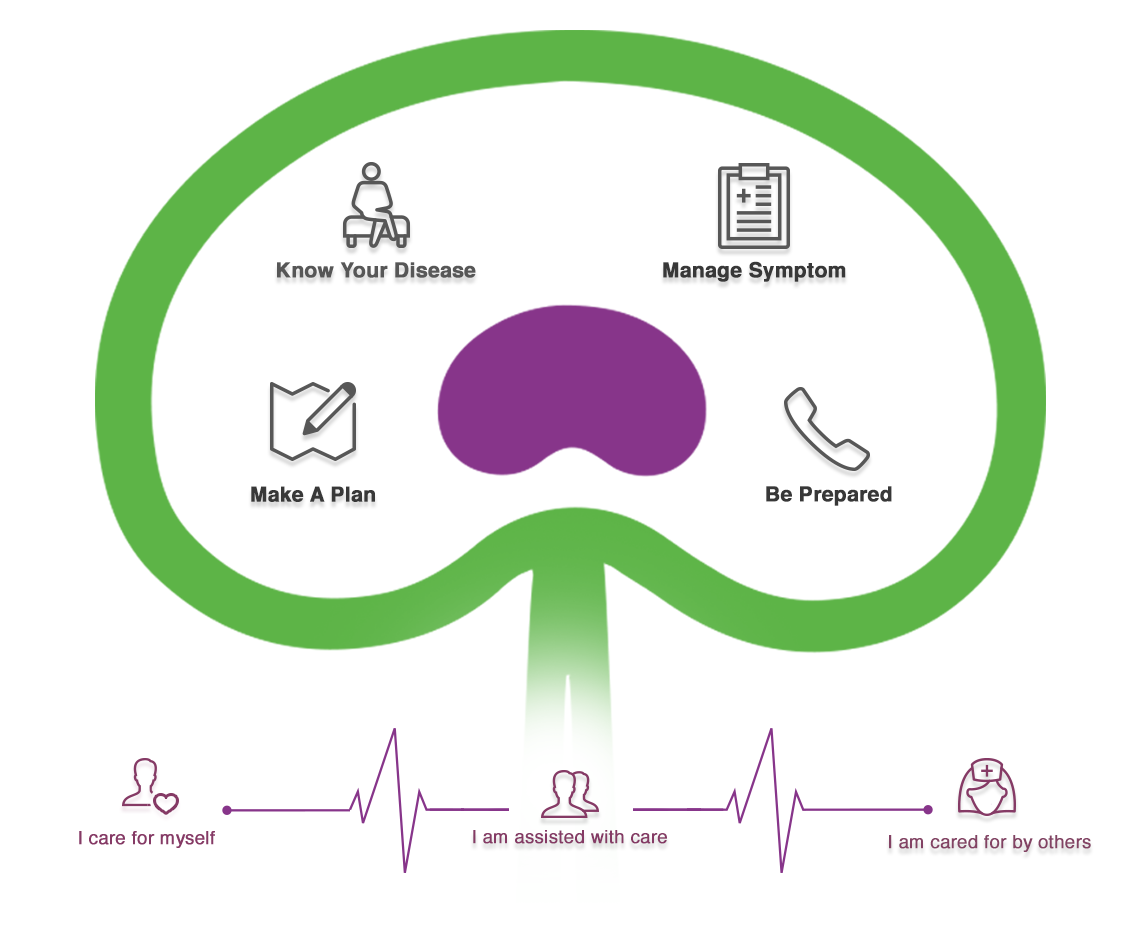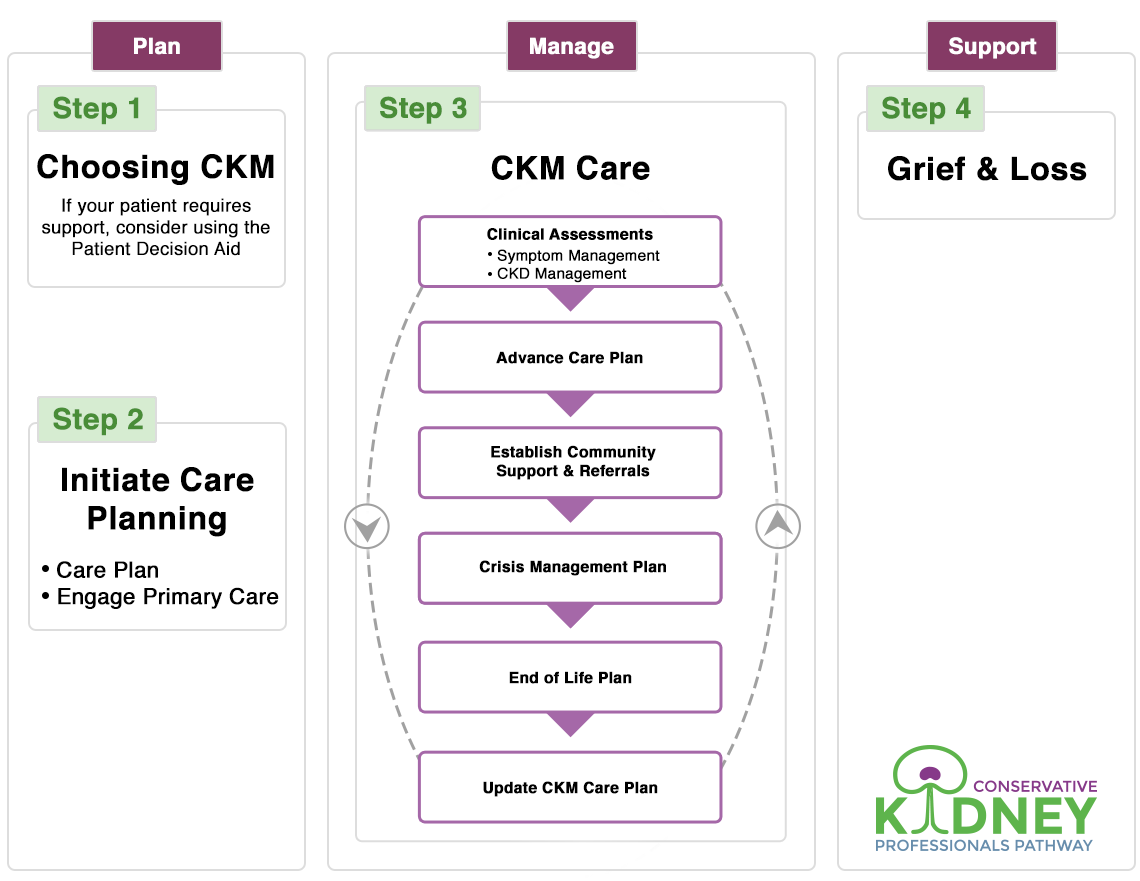Nociceptive Pain
Nociceptive pain is most commonly described as aching, dull, gnawing, throbbing, cramping.
- Determine cause for pain and consider appropriate investigations.
- Step 1 analgesics at full dose can be added to Step 2 & 3. Adjuvants may be added to all 3 steps. For severe pain, start both non-opioid & opioid agents simultaneously.
- Consider using the Follow-up Pain Assessment Tool weekly to monitor effect of pain management
- See: Pain Patient Handout
Start non-opioid
Acetaminophen (Tylenol)
- 500 - 1000 mg PO q6 - 8hours (max 3 grams/24hrs)
If pain localized to small joint:
- Consider a topical NSAID (e.g. Diclofenac (5% or 10%) gel)
- Apply to affected area BID to TID
Is pain now adequately controlled?
Yes: Reassess at least monthly using the Follow-Up Pain Assessment Tool
No: Proceed to Step 2
Due to the pharmacokinetics and pharmacodynamics, there are no recommended weak opioid agents for the treatment of nociceptive pain.
CHANGE weak opioid to a strong opioid, can continue with Step 1
Consider completing an opioid risk tool and order a bowel routine (See: Constipation Guideline). Start with low doses and titrate slowly to effect.
Hydromorphone (Dilaudid)
- 0.5 - 1.0 mg PO q4h (or 0.2 mg subcutaneously)
- Due to the accumulation of metabolites, monitor closely for adverse effects.
Fentanyl Transdermal Patch
- For controlled pain
- 12 mcg/h q72hours
- Not recommended in opioid naïve patients (Opioid Conversion Table)
- Also available sublingually/subcutaneously
Buprenorphine Transdermal Patch
- For controlled pain
- 5 mcg/h q7days (Opioid Conversion Table)
- Is not covered by Alberta Blue Cross
- Access may be limited
Methadone
- 1 - 2 mg/day PO
- Consider referral to Palliative Care
- Requires specific education and licensing by CPSA
Considerations for Opioid Titration:
- Ongoing pain re-assessment is critical.
- Titrate analgesics every 3-7 days as needed and tolerated. Slower titration may be required.
- Titrating up the regular Opiod dose:
- Add the total amount of opioid used in the last 24 hours (regular and breakthrough doses). Divide the total dose by 6, and prescribe this amount q4H, OR
- For ongoing pain exceeding patients pain control targets, adjust as follows:
- For pain rated 3 - 6, inrease dose of opioid by 25%
- For pain rated 7 - 10, increase dose of opioid by 50%
- Breakthrough (PRN) dose prescription: 10% of toal 24 hour opioid dose q 1-2 hrs PRN.
- If the patient is also taking benzodiazepines, consider titrating down the dose, while opiods are being increase. If not, titrate opioids more slowly.
Is pain now adequately controlled?
Yes: Reassess at least monthly using the Follow-Up Pain Assessment Tool
For special considerations in the last days of life, see End of Life Pain Algorithm.
- Constipation Guideline
- Opioid Conversion Table (for patients on chronic opioids)*
- Follow-Up Pain Assessment Tool
- Initial Pain Assessment Tool
- End of Life (Last Days/Weeks) Pain Algorithm
- Pain Patient Handout
- Neuropathic Pain Guideline
- Crisis Action Plan
- Acronym Legend
- Translated Patient Education Materials



